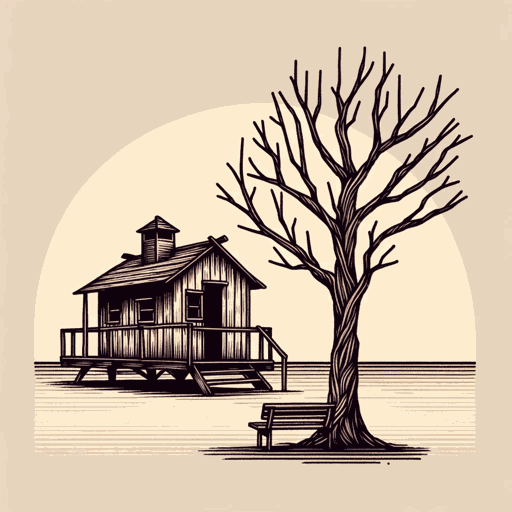59 pages • 1 hour read
Donna EverhartThe Saints of Swallow Hill
Fiction | Novel | Adult | Published in 2022A modern alternative to SparkNotes and CliffsNotes, SuperSummary offers high-quality Study Guides with detailed chapter summaries and analysis of major themes, characters, and more.
Symbols & Motifs
The Longleaf Pines
Content Warning: This section of the study guide discusses a suicide attempt as well as assisted suicide.
Longleaf pines, which are native to the Southern United States, and especially the Southeast, symbolize Del’s desire to preserve his legacy through continuing his family line and saving the trees and the turpentine industry. Del notes that the population of the trees had been “decimated” due to logging for shipbuilding and poor practices within the turpentine industry itself, and he hopes to conserve them while maintaining his family’s legacy in the business.
Del’s desire to conserve the trees goes hand in hand with his desire to preserve his lineage. Early in the novel, Del thinks about planting some longleaf pines at his childhood home, as his grandfather had done, and hopes “they’d outlive him and his sons if he ever had any” (63). Rae Lynn also mentions that “like the catfaces on the trunks of the longleaf pines,” their children are proof of their love and the legacy they will leave after they are all gone (356). At the end of the novel, Delwood and Jeremiah compare the tap roots of the longleaf pines—which are rich with resin and thus resistant to rot—to their parents’ love, saying that “what they saw were two people whose love was as deep and as solid as the tap root of their beloved longleaf, and the boys were certain their love was forever” (363).

